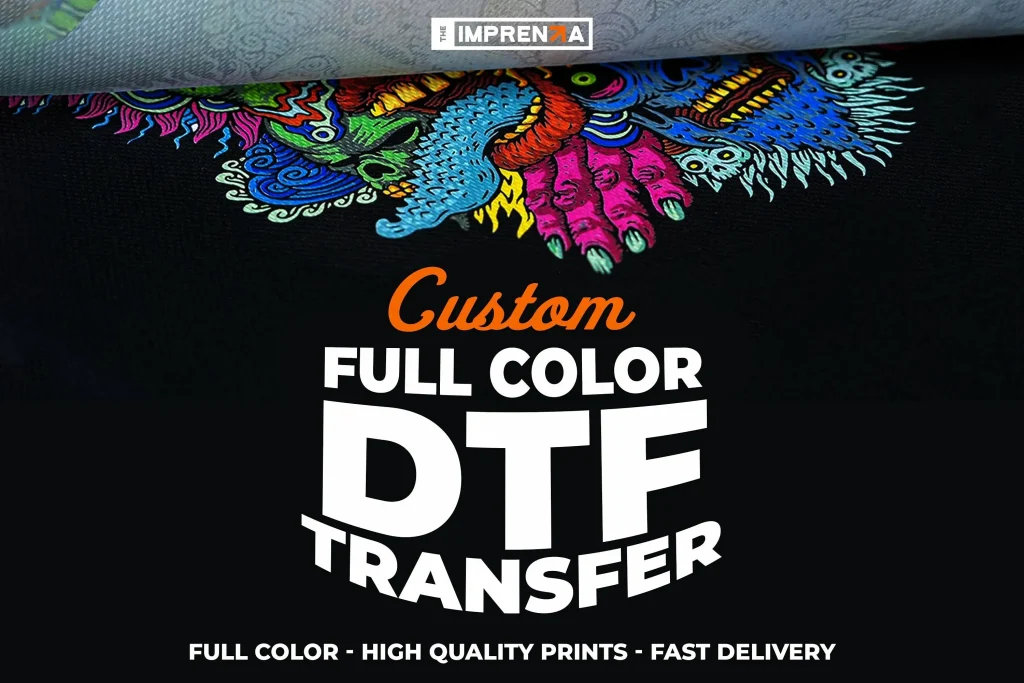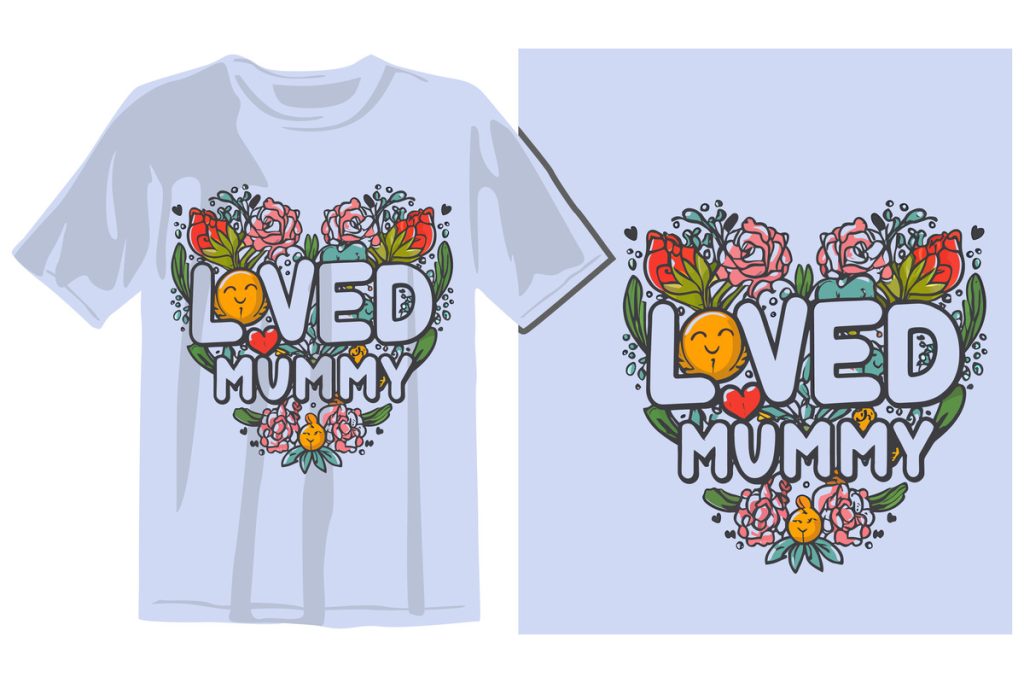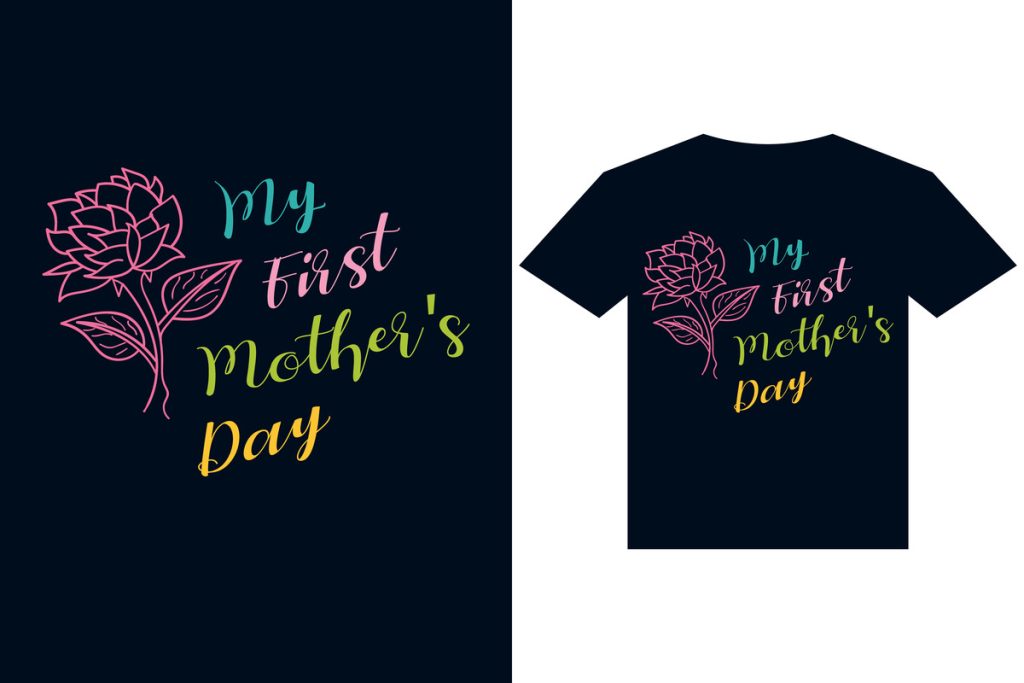DTF Transfers are transforming the world of garment printing by offering vibrant and detailed designs that can be easily applied to various fabrics. This innovative printing technique, known as Direct-to-Film, utilizes a simple transfer process that expertly combines specialized inks and heat for striking results. In this comprehensive guide, we will delve into essential DTF printing techniques, provide useful DTF transfer tips, and discuss the necessary DTF printing supplies to help you create stunning custom apparel. Understanding the heat press for DTF transfers and mastering the process is crucial for achieving professional-level prints. Join us as we explore the exciting intricacies of DTF transfers and empower your creative projects with the latest advancements in textile printing.
Direct-to-Film transfer printing is gaining popularity as a versatile method for creating intricate designs on clothing. This technique allows artists and entrepreneurs to efficiently apply colorful artwork onto a wide range of materials, including cotton and polyester blends. By familiarizing yourself with online resources and expert advice, you can unlock the full potential of this transfer method. Exploring DTF printing processes, tips for maximizing output quality, and procuring suitable printing supplies will enhance your ability to produce eye-catching garments. Whether you are a hobbyist or launching a custom apparel business, mastering this technique can lead to remarkable print creations.
Understanding DTF Printing Techniques
DTF printing techniques are at the forefront of modern garment decoration, facilitating the application of intricate designs onto various fabric types. This process primarily involves the use of specialized printers that deliver high-quality DTF inks onto transfer film. The versatility of DTF allows for the use of cotton blends and synthetic fabrics, which is a significant advantage over traditional printing methods like DTG (Direct-to-Garment). By mastering these techniques, printers can achieve designs that are not only vibrant but also durable, catering to the diverse needs of custom apparel businesses.
Moreover, the DTF printing technique allows for better color accuracy and design fidelity, enabling creators to explore complex color schemes and detailed graphics. The adhesion process also sets DTF apart since it utilizes a heat transfer method that bonds the ink with the fabric, ensuring long-lasting prints that withstand regular wear and laundering. Understanding these techniques is essential for anyone eager to leverage DTF printing in their creative ventures.
Essential Supplies for Successful DTF Transfers
To achieve stunning DTF prints, having the right supplies is crucial. Starting with high-quality DTF films, printers must ensure that they select films that facilitate excellent adhesion for vibrant designs. A common mistake made by beginners is opting for lower-quality materials, which can lead to unsatisfactory prints and increased waste. Alongside the films, DTF-specific inks are vital; these inks are specially formulated to bond efficiently with the transfer films and the fabric, providing enduring colors and resistance to fading.
In addition to the inks and films, another essential supply is the power adhesive powder. This component enhances adhesion once the design is heat pressed onto the selected fabric, playing a pivotal role in the quality of the final product. Moreover, investing in a reliable heat press machine specifically designed for DTF transfers can significantly impact the outcome of the printing process. A well-calibrated heat press ensures precise temperature and pressure settings, which are critical for achieving flawless transfers.
The DTF Transfer Process Explained
The DTF transfer process is methodical, requiring careful planning and execution to ensure success. Initially, the desired design must be created using graphic design software, followed by setting up the printer for DTF printing specifications, which typically involves adjusting the resolution to a high setting for the best output. Printing is the first step where precision is paramount; using a printer capable of managing DTF inks greatly enhances the quality of the final transfer.
After the design is printed onto the transfer film, the next crucial step is the application of adhesive powder. This powder must be evenly applied to achieve uniform adherence to the fabric during the transfer stage. Once the adhesive has been added, it is important to cure it properly, heating it to activate the adhesive properties before the transfer itself takes place. This step is indispensable as it prepares the print for a durable bond when heat pressed onto the garment.
Best Practices for DTF Transfer Techniques
Implementing best practices in DTF transfer techniques significantly enhances the quality of the prints. One of the key practices is to ensure the proper alignment of the transfer film onto the garment, which can prevent misprints and waste of materials. Additionally, it’s recommended to conduct tests on scrap fabrics before proceeding with the final transfer to ascertain optimal settings on the heat press, such as temperature and time.
Another best practice involves meticulous cleaning of the fabric surface before applying the transfer. This aids in achieving a smooth and durable finish. Post-transfer care is equally important; garments should be washed inside out in cold water without bleach to maintain the integrity of the print. Following these best practices can lead to higher satisfaction among customers and reduce the likelihood of returns.
Troubleshooting Common DTF Transfer Issues
Even experienced printers may encounter issues during the DTF transfer process, necessitating troubleshooting knowledge. Common problems include prints that appear faded or lack vibrancy, which often stems from incorrect ink settings or poor-quality materials. To rectify such issues, it is advisable to check printer profiles and consider switching to high-grade inks that provide richer colors and better opacity on the film.
Another frequent issue is the improper adhesion of transfers, which can occur if the adhesive powder is unevenly applied or if the curing time isn’t adhered to. To avoid this, ensure an even coating of the adhesive and follow the recommended guidelines for heat press settings. Regularly testing and refining the technique can help identify and resolve potential problems before they impact the end product.
Current Trends in DTF Printing
The DTF printing landscape is rapidly evolving, with new trends shaping its future. One significant trend is the growing focus on sustainability. As environmental awareness increases, more suppliers are offering eco-friendly DTF inks and recyclable transfer films that appeal to a conscientious consumer base. This shift not only addresses ecological concerns but also positions brands favorably in a competitive market where consumers are increasingly opting for sustainable products.
Moreover, technological advancements are continuously enhancing DTF printing capabilities. Newer models of heat presses and printers are designed to improve efficiency and streamline workflows. These innovations not only speed up production but also enhance print quality, making it easier for creators to achieve professional results. Staying informed about these trends allows printers to adapt to market demands and embrace innovative solutions that can elevate their DTF transfer projects.
Frequently Asked Questions
What are the main advantages of using DTF Transfers over traditional printing methods?
DTF transfers offer several advantages, including compatibility with various fabrics, vibrant color reproduction, and the ability to create intricate designs. Unlike Direct-to-Garment (DTG) printing, DTF printing techniques allow for designs to be applied to both cotton and polyester materials, making it a versatile choice for custom apparel.
What materials do I need for the DTF Transfer Process?
To successfully execute the DTF transfer process, you’ll need high-quality DTF film, specialized DTF inks, an appropriate printer (like an Epson), and adhesive powder. These printing supplies are crucial in ensuring your designs adhere well and maintain their vibrancy post-transfer.
Can you provide essential DTF Transfer Tips for beginners?
Absolutely! For beginners, some essential DTF transfer tips include ensuring your printer settings are optimized for DTF specifications, applying adhesive powder evenly, and practicing with both hot and cold peeling to understand which technique works best for your fabric. Additionally, always test heat settings to prevent damage to garments.
How does the Heat Press for DTF Transfers impact the final print quality?
The heat press is critical in the DTF transfer process, as it applies the necessary heat and pressure to bond the design to the fabric. Settings such as temperature (approximately 320°F) and pressing time (20-30 seconds) can significantly affect the adhesion and overall quality of your print, so it’s essential to use the correct specifications.
What common issues should I be mindful of when using DTF Transfers?
Common issues when using DTF transfers include faded prints, adhesive problems, and improper curing of the powder. It’s crucial to use high-quality inks, evenly distribute powder adhesive, and follow curing guidelines to minimize these challenges and achieve vibrant, durable prints.
How can I care for garments printed with DTF Transfers to ensure longevity?
To ensure longevity of DTF printed garments, always wash them inside out with cold water and avoid using bleach or harsh detergents. Proper post-transfer care not only helps preserve the vividness of the print but also extends the life of your custom apparel.
| Key Points | Details |
|---|---|
| What are DTF Transfers? | A technique for transferring designs onto fabrics using heat and pressure, suitable for a range of materials including cotton and polyester. |
| Key Techniques | Understand DTF printing, proper materials, and the transfer process to achieve stunning designs. |
| Materials Needed | High-quality DTF film, special DTF inks, a reliable printer (like Epson), and power adhesive powder are essential for successful transfers. |
| DTF Transfer Process Steps | The process includes printing the design, applying adhesive powder, curing the powder, transferring the design, and cooling. |
| Post-Transfer Care | Launder garments inside out in cold water, avoid bleach, and use gentle detergents. |
| Troubleshooting | Address common issues like faded prints and adhesive problems by checking ink settings and ensuring even application of adhesive powder. |
| Current Trends | Eco-friendly practices, sustainable inks, and advanced printers are becoming popular in the DTF printing industry. |
Summary
DTF transfers present an innovative approach to custom apparel, allowing creators to turn their visions into reality with vibrant prints. By mastering the techniques outlined in this guide, from selecting the right materials to understanding the detailed process, you can greatly enhance your DTF printing skills. Embracing trends such as sustainability will not only update your methods but also align your projects with the evolving standards of the industry. Whether you’re a hobbyist or looking to grow a business, the knowledge of DTF transfers will empower you to create high-quality garments that stand out in the market.



